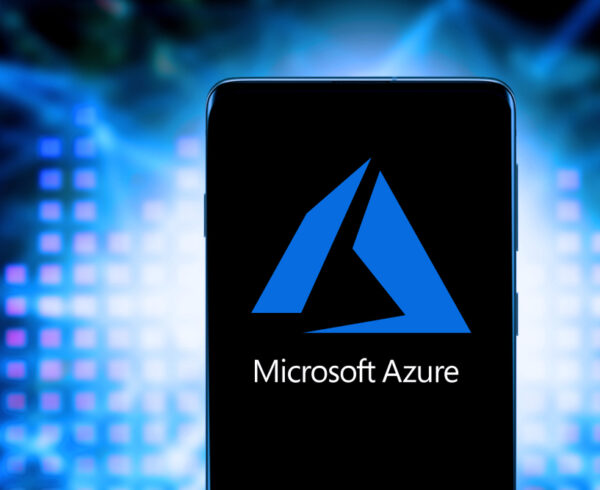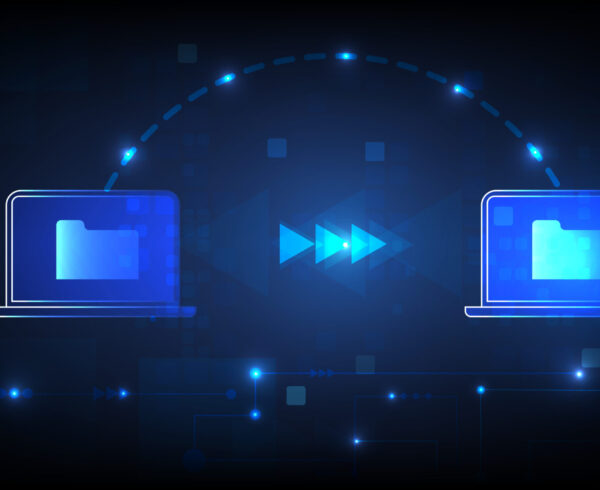Described as the most sophisticated hack ever – what is the SolarWinds hack and how might it affect your business?
SolarWinds provides network monitoring software to thousands of large enterprises and government departments. One of the SolarWinds products, called Orion, was compromised in a supply chain attack, and was then used to deliver Solarigate malware to 18,000 SolarWinds customers around the world. The attack which leveraged SolarWinds is notable due to the size, scale and duration of the attack – which started back in September 2019 but was not discovered until December 2020.
The malware installed into the compromised SolarWinds Orion software file is known as Solarigate (or SUNBURST depending which security firm’s reports you are reading). The Solarigate malware is itself only a beachhead. Once installed in a target network, Solarigate sat idle for 14 days before downloading additional malware from Command & Control servers. This additional malware, apparently customised for each target system, was used to move laterally around the network and extract data and forge SAML security certificates allowing Office 365 and Azure accounts to be attacked.
One of the business attacked was email security firm Mimecast. Their trojanised SolarWinds software was leveraged to steal Office 365 credentials of a small number of their end clients – potentially allowing the hackers to access and read the emails of those customers.
Timeline of the SolarWinds Attack
September 2019 – attackers infiltrate SolarWinds corporate servers and install test code into the Orion software development environment.
November 2019 – test code removed from SolarWinds environment by the attackers.
February 2020 – Solarigate backdoor added to SolarWinds code and is compiled into new version of SolarWinds Orion software.
March 2020 – SolarWinds Orion software with the embedded backdoor is deployed to around 18,000 customers around the world.
May 2020 – Attackers start active targeted access to chosen networks via the Solarigate backdoor.
June 2020 – Hackers remove backdoor code from SolarWinds development systems – meaning the next version of SolarWinds Orion released will not have the Solarigate backdoor included.
December 2020 – Solarigate backdoor discovered by FireEye Security in their own network.
January 2021 – Many organisation reveal they have been breached through Solarigate, including leading Cybersecurity firms and several branches of the US Government.
Implications of the attack
Microsoft described the Solarigate hack as one of the most sophisticated and protracted intrusion attacks of the decade in their detailed technical analysis of the attack. But what are the implications for business and what can we learn?
Techniques used will trickle down and become available to more criminals
The tools and techniques used by the group behind the Solarigate hack are now being well analysed and publicised – meaning they may well be copied or further developed by other malicious actors. Microsoft and other security vendors are updating their products to detect Solarigate based intrusions but there are steps network administrators need to consider in order to protect their networks. Microsoft offers advice to security administrators: Increasing resilience against Solorigate and other sophisticated attacks with Microsoft Defender
Organisations that have not updated or removed vulnerable SolarWinds Orion Software with Solarigate malware still present are vulnerable to attack by other criminals now the presence of Solarigate is well publicised.
Proactive defence against supply chain attacks
The Solarigate attack demonstrates the danger of supply chain attacks and the risk of trusting third party software even when it comes from high reputation and established suppliers. Any software that has not been created in-house could pose a risk. Network administrators may consider segmenting their network in order to restrict the access given to third party code by running it on dedicated servers in their own network segments.
Attention should also be given to third party libraries and open-source code which is imported into software developed in-house – as this could also be a vector for malicious code to enter into the network. Careful change and version control of software source code can help detect unexpected changes to source code which may indicate an intruder is trying to insert malicious code. When the attackers inserted their code into the Orion software, they only added a single new class (called OrionImprovementBusinessLayer to blend in with existing class names) and 6 lines of new code into an existing method to invoke that new class. However, in the case of Solarigate another piece of malware was used to perform the source code changes.
Security firm Crowdstrike is working with SolarWinds to identify how the attackers were able to change the source code to Orion without being detected. It turns out the code changes to inject the malware are performed just-in-time when the Visual Studio compiler starts to build a new version of the Orion code. Another piece of malware dubbed Sunspot was installed on the build server in the SolarWinds network. Sunspot watches to see the Visual Studio compiler (MSBuild.exe) start and then inspects its run-time parameters to see if it is compiling a copy of Orion. If it is, then Sunspot quickly changes the Orion source code on disk so the malware is compiled into the new build then it reverts the source code to the original version removing all trace of the malware in the source code.
Further reading and resources
Microsoft has published a comprehensive resource for security professionals to help defend their networks against the tools and techniques used in the Solarigate attacks.
SolarWinds has published a security advisory detailing how to ensure compromised code has been removed and warns that the digital certificate used to sign the compromised Orion software will be revoked on 8thMarch 2021 (meaning the compromised code will stop working from that date).








Recent Comments